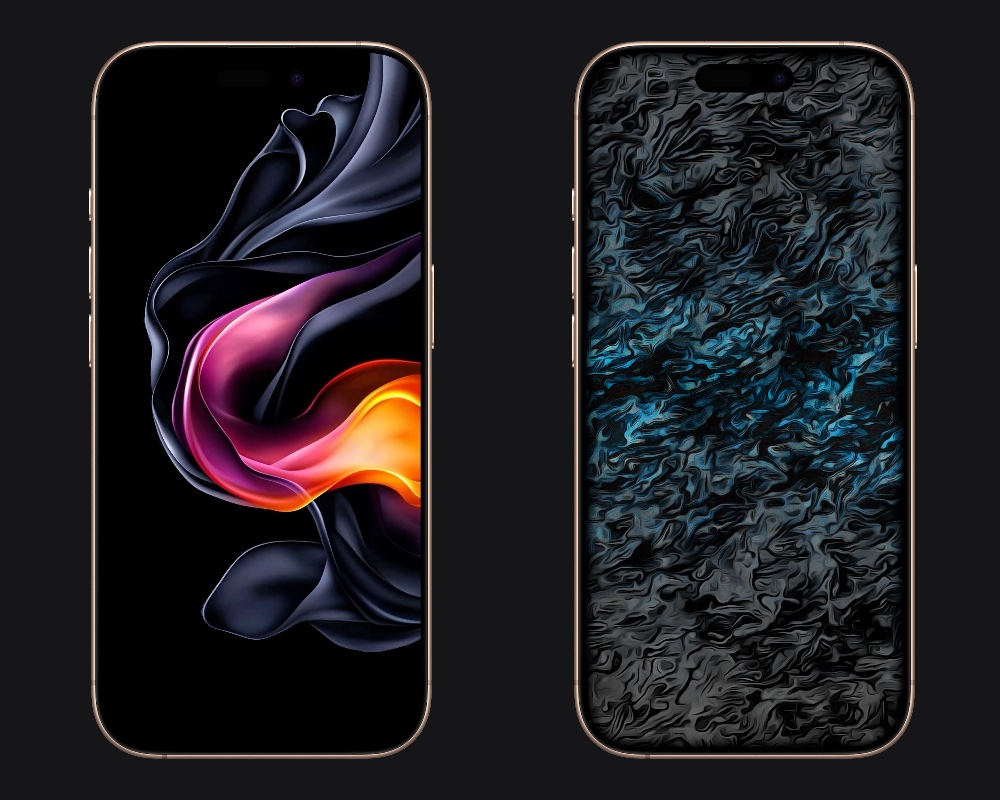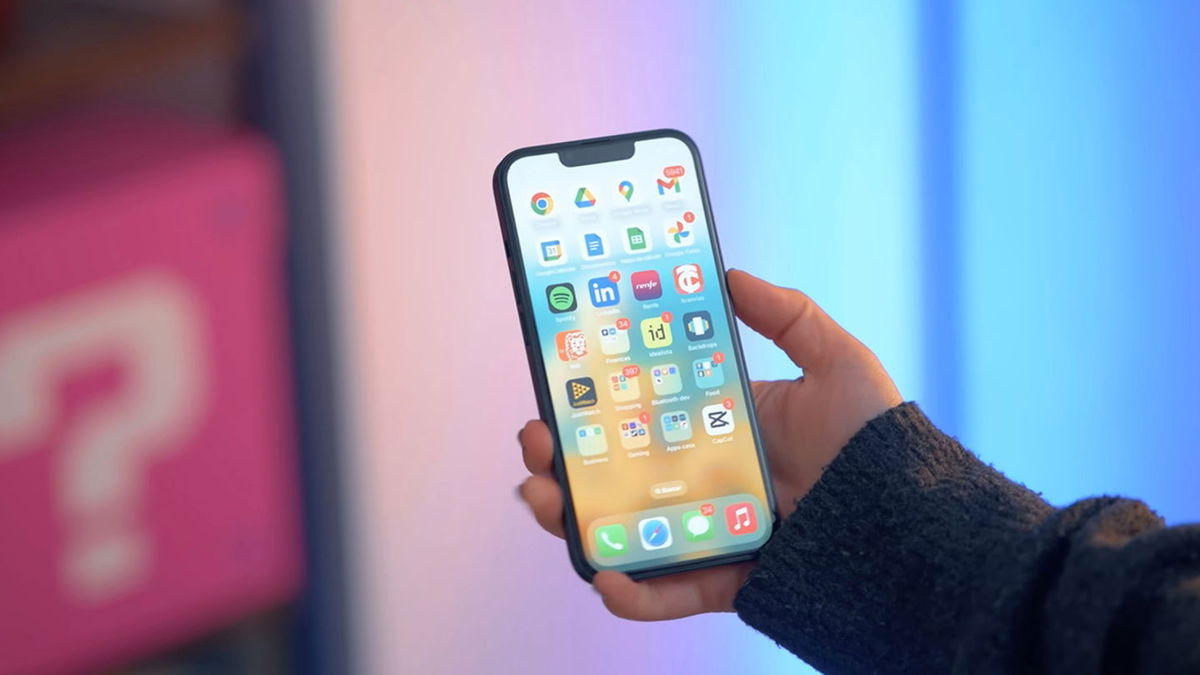NASA got inspired on Halloween night and provided us with an interesting image that shows the “bones” of a ghostly cosmic hand. The space agency’s two X-ray telescopes combined their powers to capture a stellar explosion that the final result shows looks very similar to a skeletal hand.
About 1,500 years ago, a giant star in our galaxy ran out of nuclear fuel. When this happened, the star collapsed and formed an extremely dense object called a neutron star or pulsar. In other words, a catastrophic event It left behind a “super-dense, rapidly rotating stellar corpse.”
NASA explained that young pulsars can create jets of matter and antimatter that move away from their poles. This, coupled with strong winds, eventually leads to the creation of a “pulsar wind nebula”. In a nutshell, this is what we see in the images released by the US space agency just in time for Halloween celebrations.
The pulsar is called PSR B1509-58 and was first spotted in 2001 by NASA’s Chandra X-ray Observatory. The hand-like nebula is named MSH 15-52 and is located 16,000 light-years from our Earth. A pulsar is something that sits right in the palm of this ghostly cosmic hand.
Ghost Space Hand Technology
New images made possible thanks to X-ray Polarimetric Image Browser (IXPE, abbreviation in English), NASA’s newest X-ray telescope. The IXPE team observed MSH 15-52 for approximately 17 days, the longest time to analyze the object since its launch in December 2021.
“The IXPE data gives us the first map of the magnetic field in this arm,” Roger Romani of Stanford University in California and leader of the study said in a statement. “The charged particles that produce the X-rays move along the magnetic field, defining the nebula’s underlying shape, just as bones do in a person’s hand.”
The space telescope showed that the degree of polarization is extremely high in large regions of MSH 15-52. This suggests that there is little turbulence in these regions of the pulsar’s wind nebula, allowing the formation of straight, uniform magnetic field lines. This is exactly what the fingers of this ghostly cosmic hand will be like. Meanwhile, the complex, turbulent regions give the particles a “burst of energy” that can be seen in the clear, bright stream of X-rays near the wrist.

“We’re all familiar with X-rays as a medical diagnostic tool for people,” said co-author Josephine Wong, also of Stanford. “Here we use X-rays differently, but they again reveal information that would otherwise be hidden from us.”
Source: Hiper Textual














